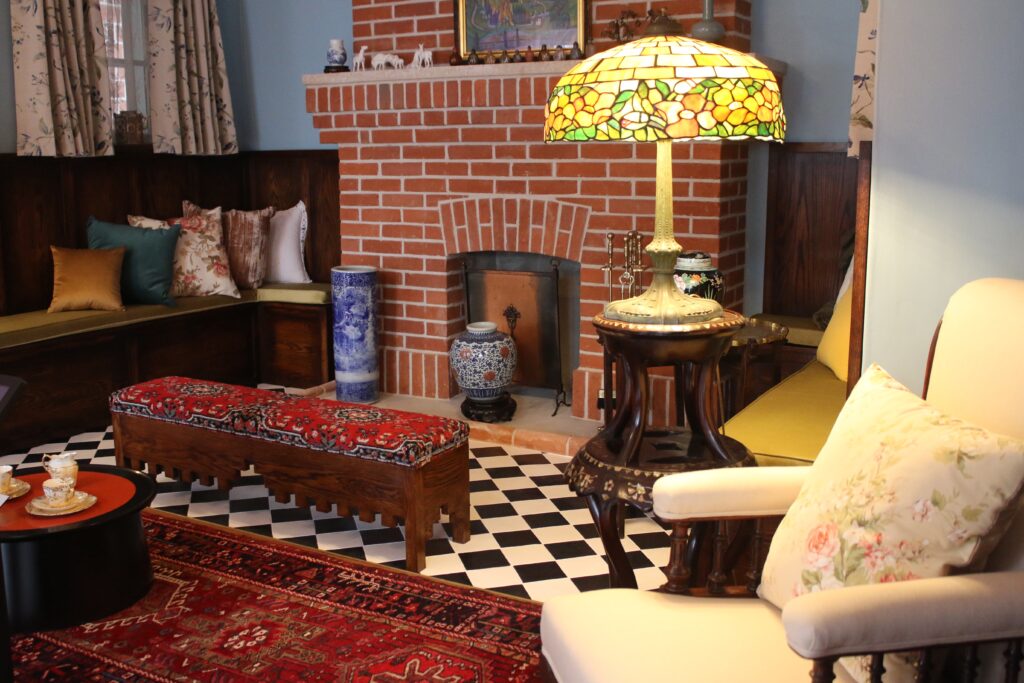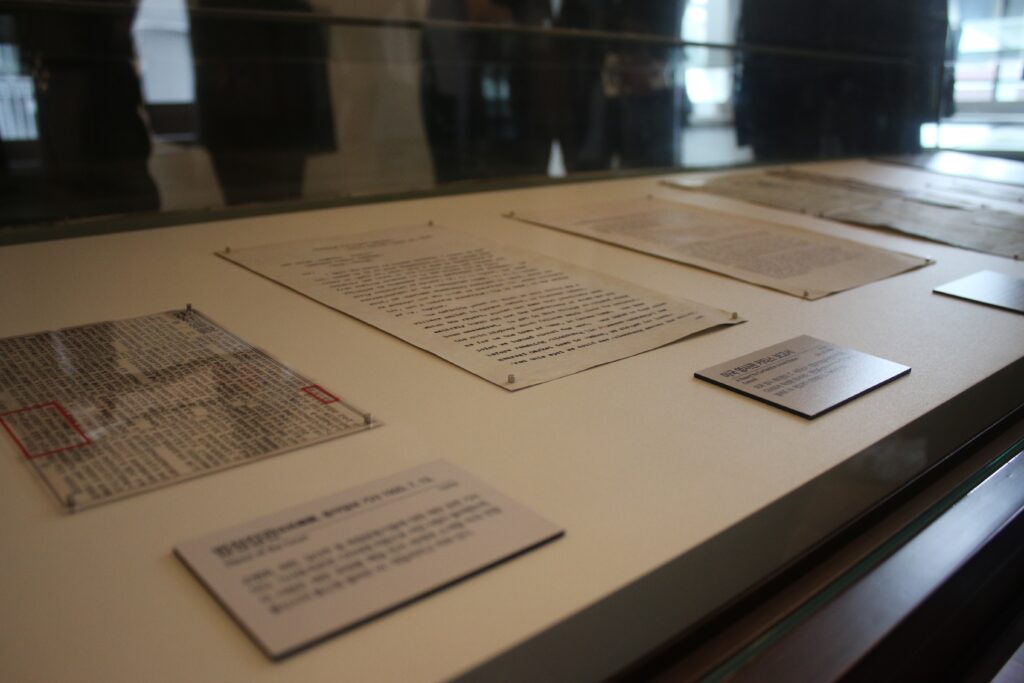Starting March 1, the Seoul Metropolitan Government opened the doors of the restored Dilkusha House. Dilkusha House, located in Haengchon-dong, Jongno-gu of South Korea, was the residence of Albert Wilder Taylor and his wife Mary.

Albert Wilder Taylor was a special foreign correspondent of ‘Associated Press’ in 1919. Albert accidentally found copies of the Korean Declaration of Independence underneath the hospital bed of his recently born infant son. After the discovery of the hidden paper, Albert wrote an article about the March 1 Independence Movement and sent it to his brother, William. William then smuggled the documents in his shoe to Tokyo, Japan and successfully sent the article to the United States of America. Because of Taylor’s report, the independence efforts of the people of Korea were recognized by the world.
The house was originally built in 1923 by the Taylor family. Albert and Mary resided in this “western-style” red-brick residence until 1942 when the couple was deported. After years of being forgotten, the house was rediscovered when Bruce T. Taylor, the son of Albert, asked for help in relocating it to a professor of Seoil University. Bruce revisited his childhood home for the first time in 66 years with his wife and daughter. After Bruce’s passing in 2015, Jennifer Taylor, the daughter of Bruce, donated the historical data collection of the Taylor family to the Seoul Museum of History and soon after the house and the story of the Taylor family became known to the world.
In 2016, the Seoul Metropolitan Government finalized a deal for the restoration of Dilkusha. As a result of the deal, the house was designated as the Registered Cultural Heritage No. 687 in August 2017. The actual construction work for restoration started in November 2018 and was completed in December 2020. After the construction was finished, the interior of living rooms was recreated, based off of the pictures of the original rooms.

The living room of the first floor was usually used as a space for dinner parties. The walls are painted yellow and a fireplace is installed in the back wall with the official emblem of the Taylor family displayed at the top. The second floor living room was the heart of Dilkusha, where Albert and Mary spent most of their spare time. Taylor’s collection of Goryeo (the name of a time period in Korea; 913-1392) celadons is showcased on the mantel of the fireplace. The couple also used a traditional-styled folding screen to create a partition when needed. The recreation of living rooms of both the first and second floor was based on left-over photos of the original house. All furniture and accessories of the living rooms were bought through antique wholesalers that sell authentic original antique furniture of the specific time period of when Taylor bought the original furniture. Few items that are not available today such as the traditional folding screen were recreated by hand by Korean artists.
The Dilkusha House holds a constructional significance as well as its historical importance. The ‘rat-trap bond’ method allows space between inner and outer brick walls, which increases structural stability and better insulation. It is such a rare and unique method of building that it is almost impossible to find a similar precedent in the modern architecture of Korea.
The unique experience of walking through the actual residence of a historic notable and the important story told about foreigners who stood in solidarity in a turning point of Korea are what makes the Dilkusha House a must-visit spot – not only for foreign tourists, but also Koreans. The doors to this house that became a historic monument of South Korea opened to the public on March 1, 2021.
Jenny Hwang
Asia Journal
Los Angeles Times Asia Journal



